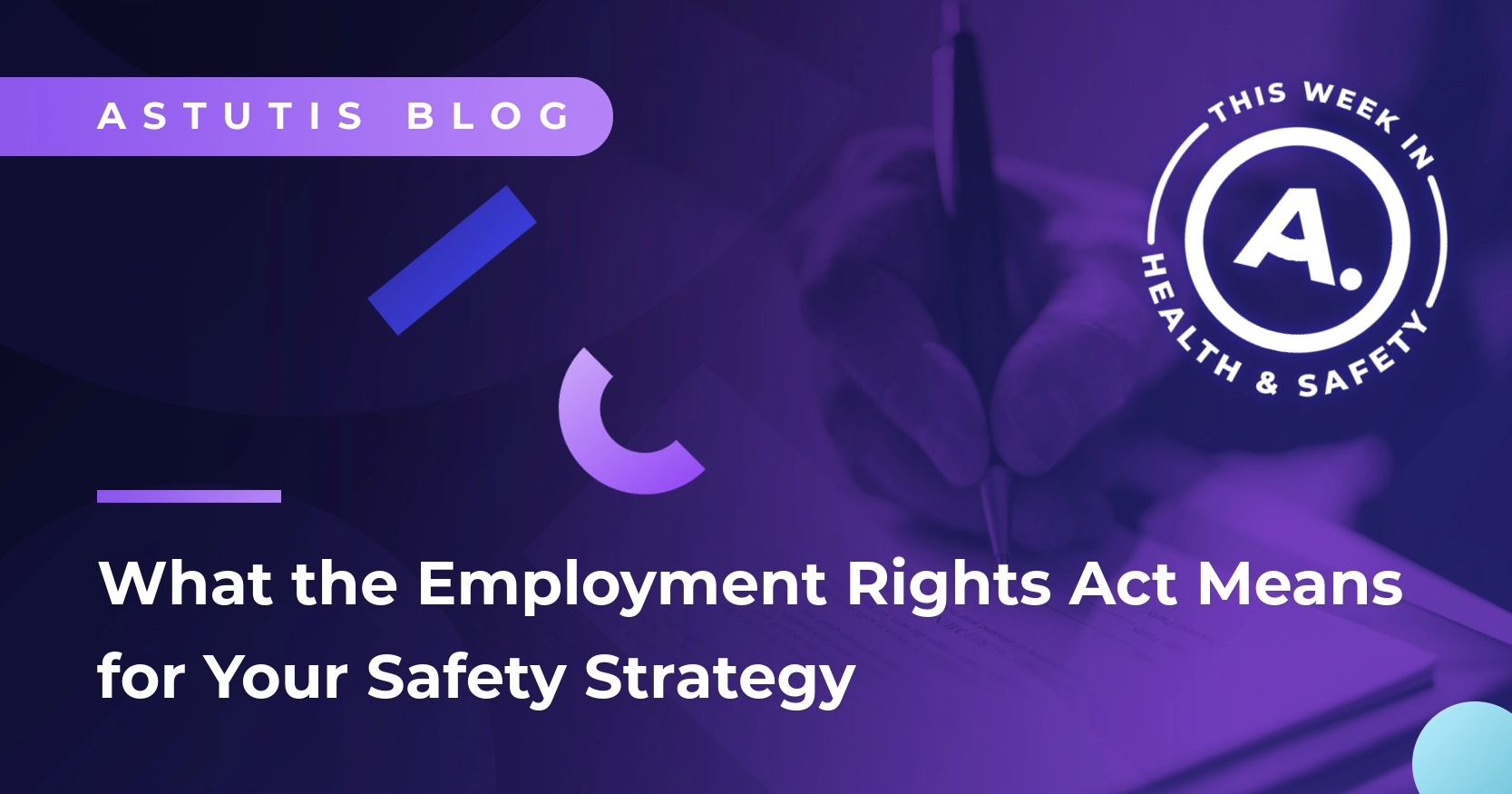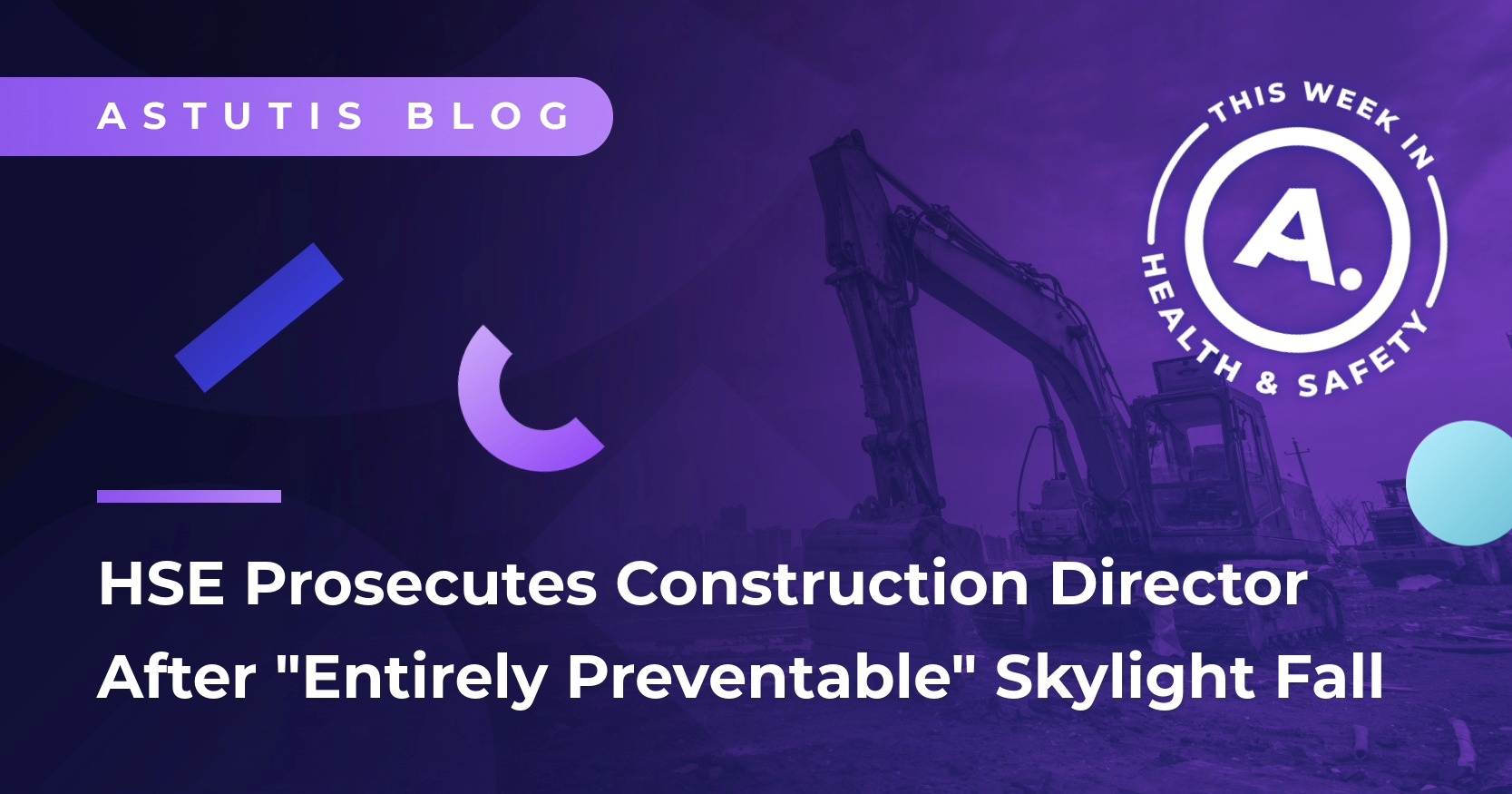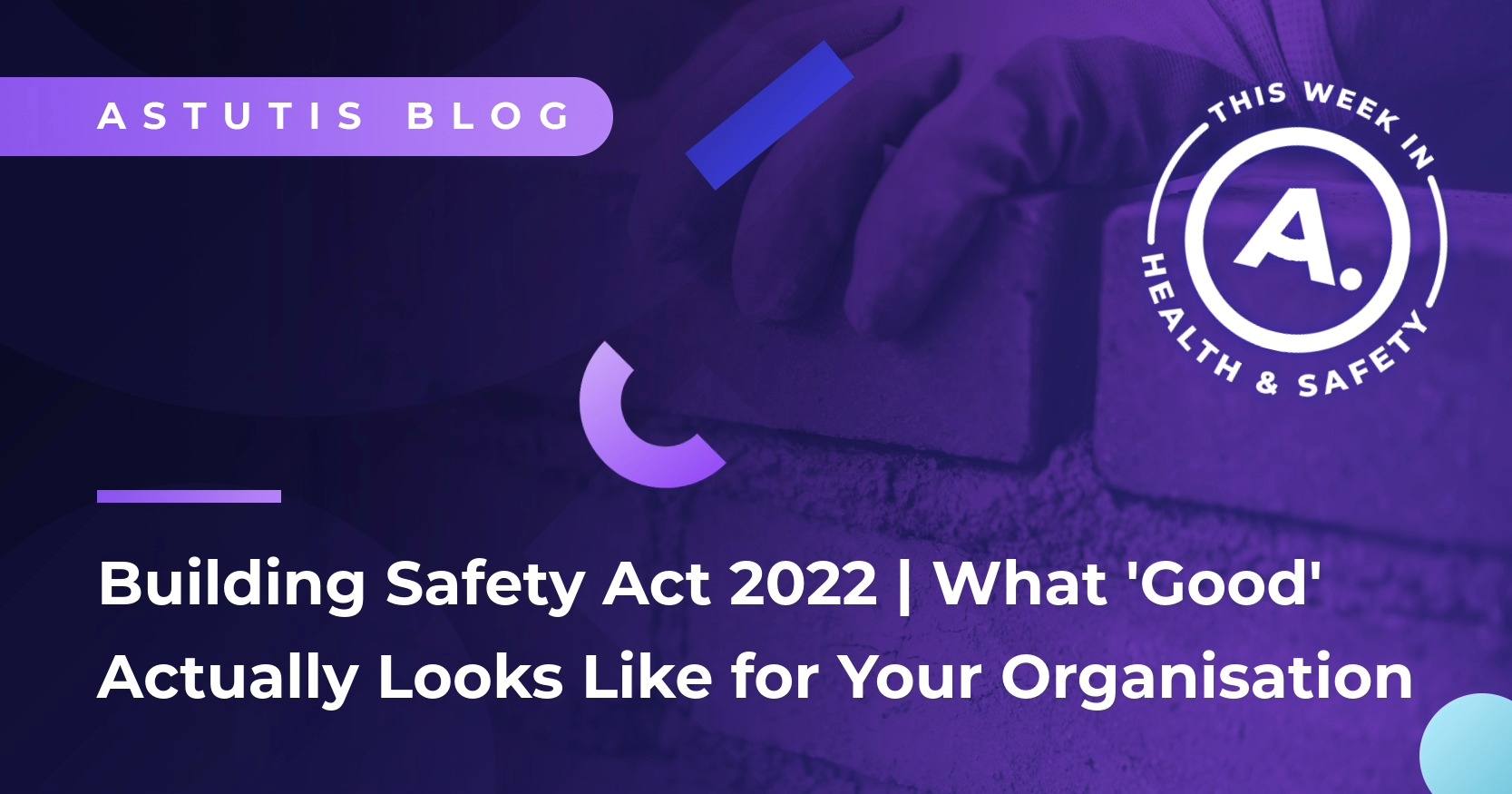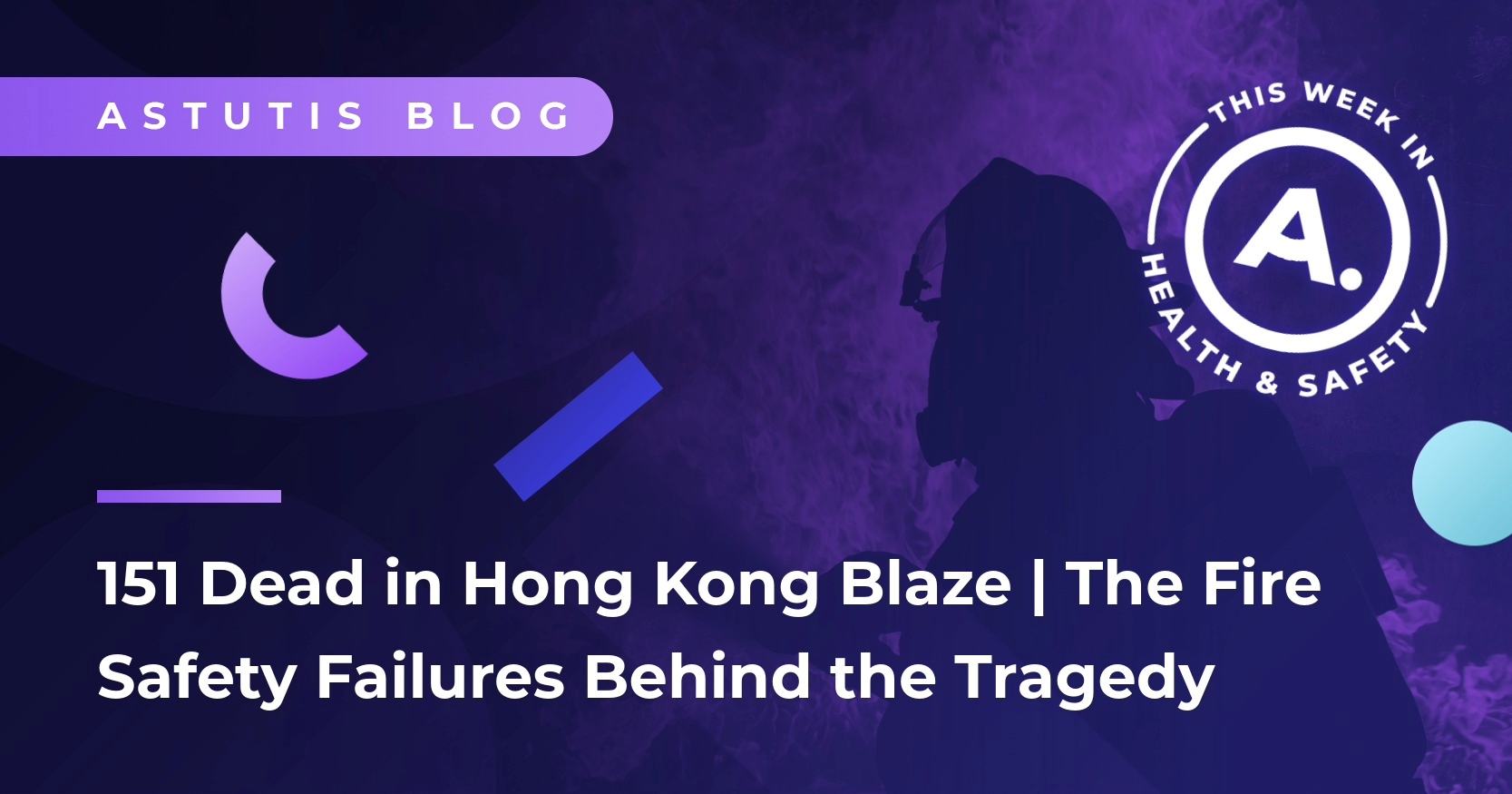ISEP Sustainability Skills for the Workforce Review: Is It Worth It?
Here at Astutis, we like to practice what we preach. That’s why, as a business, we have all taken up the ISEP Sustainability Skills for the Workforce, formerly known as IEMA Sustainability Skills for the Workforce course this year.
The course helps learners explore how environmental sustainability connects with day-to-day work, organisational responsibilities, and broader global concerns. It’s a practical, awareness-level course aimed at non-environmental specialists who want to contribute to sustainable workplace practices.
In short, I really enjoyed my experience on the course and came out with a far greater understanding of my role and responsibilities for the business’s environmental goals and ambitions. I can wholeheartedly recommend the course to any business that is hoping to improve environmental awareness in the workplace – as my colleagues and I are a prime example of the impact.
My Background with Sustainability & Environmental Topics
Coming from my background, I’ve long been aware of how closely tied environmental topics are to the workplace. However, I wouldn’t call myself an environmental expert.
As an employee, I knew I needed to deepen my understanding of environmental laws, concepts and practices so that I could become more sustainable and environmentally conscious in my role.
The ISEP Sustainability Skills for the Workforce course seemed like the perfect fit—short, practical, and relevant to my needs and the needs of the wider business.
Why I Chose Online Learning
I completed the course entirely online, and I was impressed by how well the content translated to digital learning. The course structure was intuitive, and it allowed for both flexibility and engagement. I could pace myself through the modules, revisit key topics, and test my knowledge with interactive elements along the way. The ability to revisit modules was especially useful when it came time to look back on areas for the multiple-choice exam at the end of the course.
This flexibility of the online medium was also something I noticed right away. It was a huge benefit to complete the course in my own time when my schedule allowed for it instead of having to do set time and work aside to complete the course. I could study within the natural ebb and flow of my own work.
The training was delivered through a mix of videos, activities, infographics, and written content, which kept things varied and digestible. I particularly appreciated the real-world case studies, which helped to illustrate how sustainability works in practice, not just theory.
As someone used to creating and writing content, I was very impressed at how well this course was put together—it was clear, professional, and suited to a range of learning styles. Technical jargon was kept to a minimum, making it accessible even for learners with no prior environmental knowledge.
Was the Syllabus Applicable to My Role?
Absolutely. While the course is broad and not specific to any one industry, the topics covered had direct relevance to my role in the workplace. Many of the environmental issues overlap with what I do in my role—such as waste management, pollution control, and energy efficiency.
For instance, the module on resource efficiency made me think differently about the energy and material consumption in office settings. The training covers core topics such as environmental principles, key legislation, resource efficiency, climate change, pollution, and sustainable performance. It’s ideal for organisations looking to upskill staff as part of their ESG (Environmental, Social, and Governance) or net zero strategy—and for individuals like me who want to understand how their work fits into the bigger sustainability picture.
Even though I’m not directly involved in operations or supply chains, understanding these areas helps me write more informed content—especially as sustainability becomes a core part of organisational culture.
How Was the Exam?
The course concludes with a multiple-choice assessment, which was fair and aligned with the material covered in the modules. It wasn’t overly difficult, but it did require a good grasp of the key principles and terminology. If you engage with the content and take the revision exercises seriously, you’ll be well-prepared.
One thing I liked was that the exam didn’t just test memory—it challenged you to apply knowledge in practical scenarios. That’s useful for content writers like me who want to go beyond theory and understand how sustainability is implemented in different roles. For employees, it also gives them a firm grasp of how they might encounter these scenarios.
What Did I Learn?
This course gave me a solid grounding in sustainability and how it relates to everyday work decisions. I learned how to spot environmental risks, how legislation is shaping corporate responsibility, and how organisations can improve their performance through sustainable practices.
More importantly, it reshaped how I think about my own role. Sustainability isn’t just for operations or environmental managers—it’s something that every employee at every level needs to embrace too. I now have the confidence to partake in Astutis’ goal of becoming more sustainable at every turn.
Would I Recommend the ISEP Sustainability Skills for the Workforce Course?
Yes, I would definitely recommend this course for any business looking to teach employees to become more environmentally aware within their role. You don’t need to be an environmental specialist to benefit from it. If anything, this course is designed for those who aren’t specialists but still want to play a meaningful role in sustainability efforts.
If your organisation is starting to take sustainability seriously—and let’s face it, most are—you’ll find this course a useful stepping stone. It demystifies the jargon, connects environmental goals to business practices, and empowers you to contribute in your own way.

Real Life Stories










